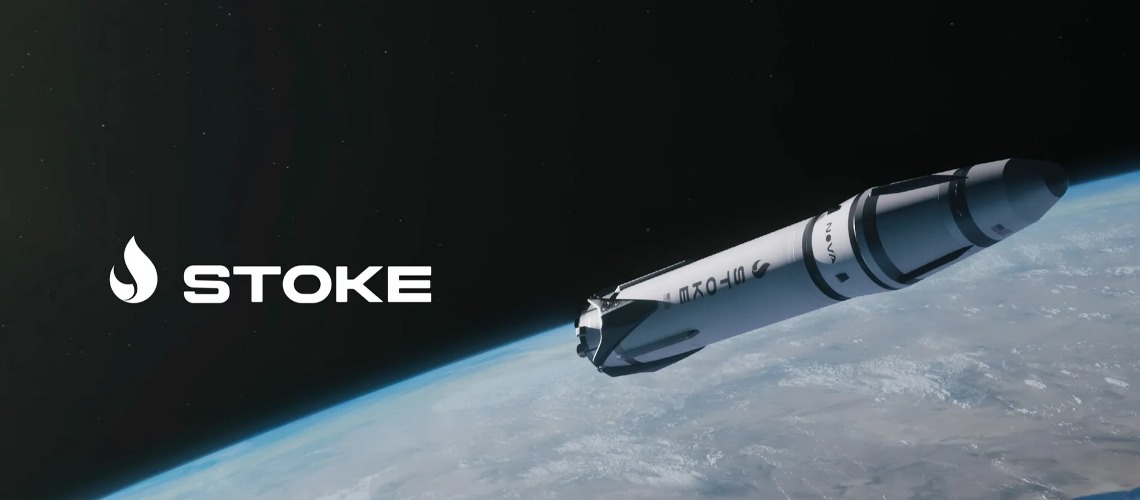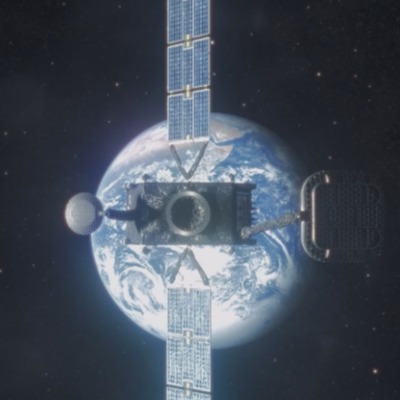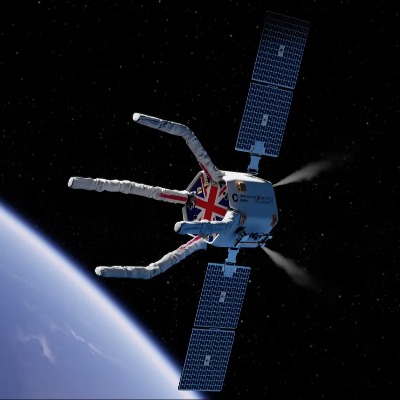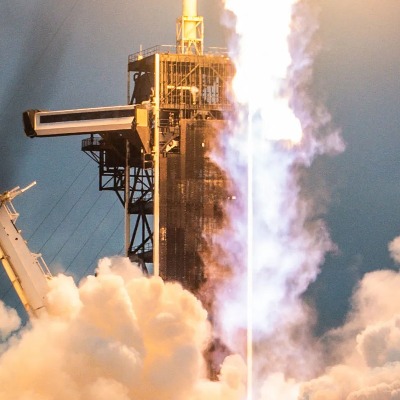Stoke Space Soars Onward: Reusable Second Stage Test Paves Way For Full Rocket

Stoke Space, a rising star in the launch vehicle industry, continues to make significant progress towards its ambitious goal of a fully reusable rocket. The company recently conducted a successful test firing of their innovative 30-thruster engine, a critical component of their in-development reusable second stage.
This test, which took place on February 26th, marks a major milestone for Stoke Space. It follows the engine's successful maiden flight on the company's Hopper 2 prototype vehicle last September. "The engine test was a resounding success," said Adrian Lapsa, CEO of Stoke Space. "This 30-thruster version represents a significant leap forward in our development of a fully reusable second stage."
The reusable second stage is a key element in Stoke Space's Nova rocket, envisioned as a medium-lift launch vehicle capable of 24-hour turnarounds. This rapid reusability is a major selling point, potentially slashing launch costs and revolutionizing the space access market.
"Achieving a 24-hour turnaround requires meticulous design and planning," Lapsa explained. "We're not just focusing on what the rocket can do, but also the intricate ground infrastructure and processes needed to support rapid reusability."
Stoke Space's focus on reusability aligns perfectly with the current trend in the launch vehicle industry. SpaceX's Falcon 9 and Starship programs have demonstrated the economic and environmental benefits of reusable rockets. Stoke Space is aiming to join this elite group, offering a competitive option for the growing small satellite launch market.
The successful engine test signifies Stoke Space's commitment to innovation and their dedication to achieving their ambitious goals. With continued progress, the Nova rocket could soon become a reality, offering a more sustainable and cost-effective way to reach orbit. The future of spaceflight is becoming increasingly reusable, and Stoke Space is at the forefront of this exciting revolution.




